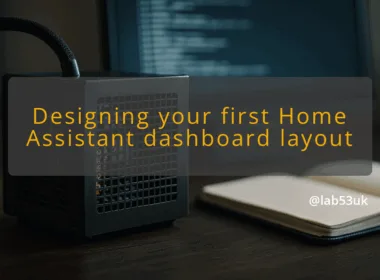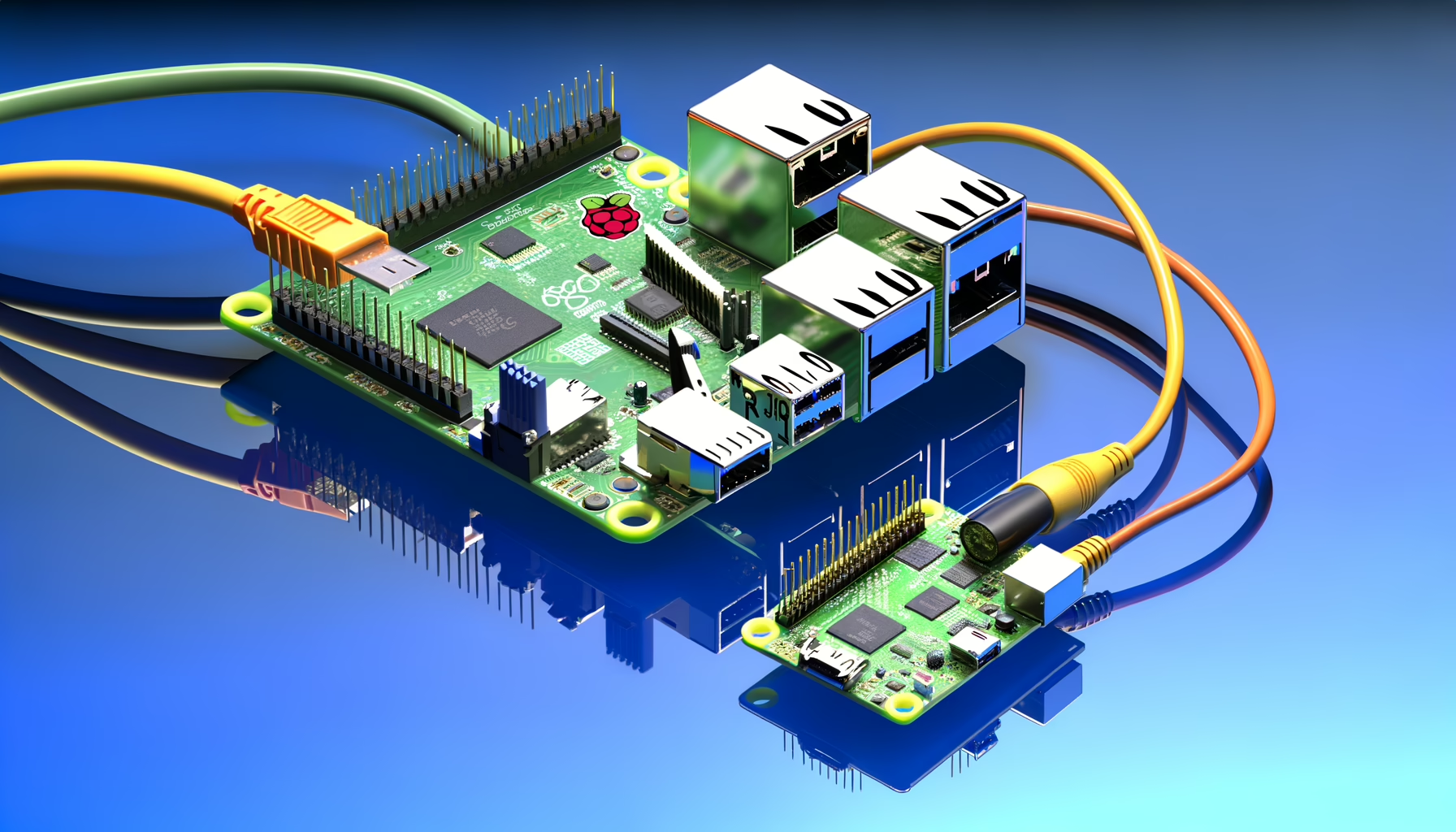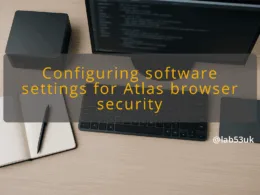Introduction
Is your home internet feeling more like dial-up in a fibre optic world? Let’s face it, the modern home is a tech haven, but with that comes the realisation that managing your internet can be more complex than setting up your Aunt Edna’s Facebook account. Enter the Raspberry Pi; a nifty little single-board computer that’s become a beloved fixture for tech enthusiasts across the UK. Whether you’re looking to set up a private cloud, block ads, or move your network security up a notch, Raspberry Pi can certainly help.
In this article, we’ll break down how you can leverage this versatile tool to improve your home networking experience without breaking the bank or your sanity. We’ll explore various projects and setups, stripping away the fluff and giving you straightforward advice that might just have you saying goodbye to your off-the-shelf router’s limitations—and that includes those annoying privacy concerns too.
Advantages of Using Raspberry Pi for Home Networking
Before we dive into the nitty-gritty, let’s focus on why the Raspberry Pi is such a great fit for home networking.
- Cost-Effective: With models like the Raspberry Pi 4 costing less than a decent takeaway, you get a powerful machine tailored for networking tasks at a bargain.
- Customisation: You can configure it exactly how you want. Unlike commercial routers that come with built-in limitations, with a Raspberry Pi, if something isn’t working for you, you can adjust it or even scrap it for something better.
- Learning Experience: Setting it up can be an education in itself; you’ll learn a great deal about networking, servers, and even a bit of coding if you fancy.
- Privacy and Security: The current trend of lurking ISPs and intrusive ads doesn’t paint a pretty picture. By running your own network services, you can regain control over who sees your data.
- Versatility: From making your own ad-blocker to creating a VPN, the possibilities are robust and varied. It can even manage your IoT devices without compromising security.
Key Projects for Home Networking
So, what can you actually create with your Raspberry Pi? Here’s a selection of projects that can significantly enhance your home networking setup.
1. The Ad-Blocker with Pi-Hole
Every time I open a webpage, I’m bombarded by ads, and frankly, my patience is wearing thin. Enter Pi-Hole, a network-wide ad-blocking solution that acts as a DNS server. With a little bit of configuration, you can set up Pi-Hole on your Raspberry Pi to filter out ads and trackers from your entire network, saving you from those annoying pop-ups.
All you need to do is install Pi-Hole on your Raspberry Pi and adjust your router settings to redirect DNS requests through it. Not only will this block ads, but it will also safeguard your privacy by reducing user data leakage to advertisers. “The network now blocks unwanted ads and trackers while protecting user data.” —Hypothetical Expert
2. Creating a VPN
Ah, the classic VPN. With a Raspberry Pi, you can create your own Virtual Private Network server, securing your internet connection when you’re out and about. You can access your home network safely from outside, keeping your browsing private from prying eyes. OpenVPN is a popular choice here, and with a handful of tutorials online, you’ll be up and running in no time.
3. Media Server
For those who love their films, setting up a media server with Plex or Kodi on your Raspberry Pi lets you stream your collection directly to your devices without needing a subscription to multiple services. It’s like Netflix, but on your terms.
You can set up your Raspberry Pi as a home entertainment hub, hosting all your movies, TV shows, and even music for quick access anywhere in your home.
4. Local DNS Server
If you’re looking to speed up your home network and simplify your device access, configuring your Raspberry Pi as a local DNS server could be the ticket. This setup not only speeds up access to frequently-used sites but also adds a layer of control over your network traffic. You can create device shortcuts or even block certain addresses, ensuring a smoother browsing experience.
5. Home Automation Hub
If you’re into smart home gadgets, why not control them with your Raspberry Pi? Using software like Home Assistant or OpenHAB, you can make your Raspberry Pi the nucleus of your smart home. Not only can you control lights and heating, but you can also integrate it with various devices, making it a robust smart home system without relying on third-party platforms that hoard your data.
Connecting it All: Making it Work
Now that we’ve covered some of the standout projects, let’s chat about how to connect everything efficiently. Setting up your Raspberry Pi is, in actuality, quite straightforward. With headless setup options (meaning you can do it without a monitor or keyboard), this venture is less daunting than it sounds. Most commonly, users download a Raspberry Pi OS image and flash it to a microSD card, then boot it up. You can access it via SSH for configuration.
The lovely geniuses behind Raspberry Pi have a wealth of documentation available to guide you through setting up various services effectively, so don’t worry if you’re not a wizard at tech.
Make sure you secure your Raspberry Pi, though; set strong passwords, and keep your software updated. If you’re running services that will face the public internet, consider getting a domain and SSL certificate to keep connections secure. Even with Raspberry Pi, you can add an extra layer of security by implementing local Certificates Authority (CA) with tools like MkCert. It’s not as complicated as it sounds, I promise.
Final Thoughts
The Raspberry Pi isn’t just a tech toy; it’s a consumate multitasker, especially when it comes to home networking. Whether you’re keen on ad-blocking, privacy, or just enhancing the overall performance of your online experience, the Raspberry Pi is your go-to solution. It’s cheap, relatively easy to set up with some patience, and versatile enough to save you from countless devices and subscription costs. So grab your Raspberry Pi and take your home internet into your own hands—it’s well worth the effort.









